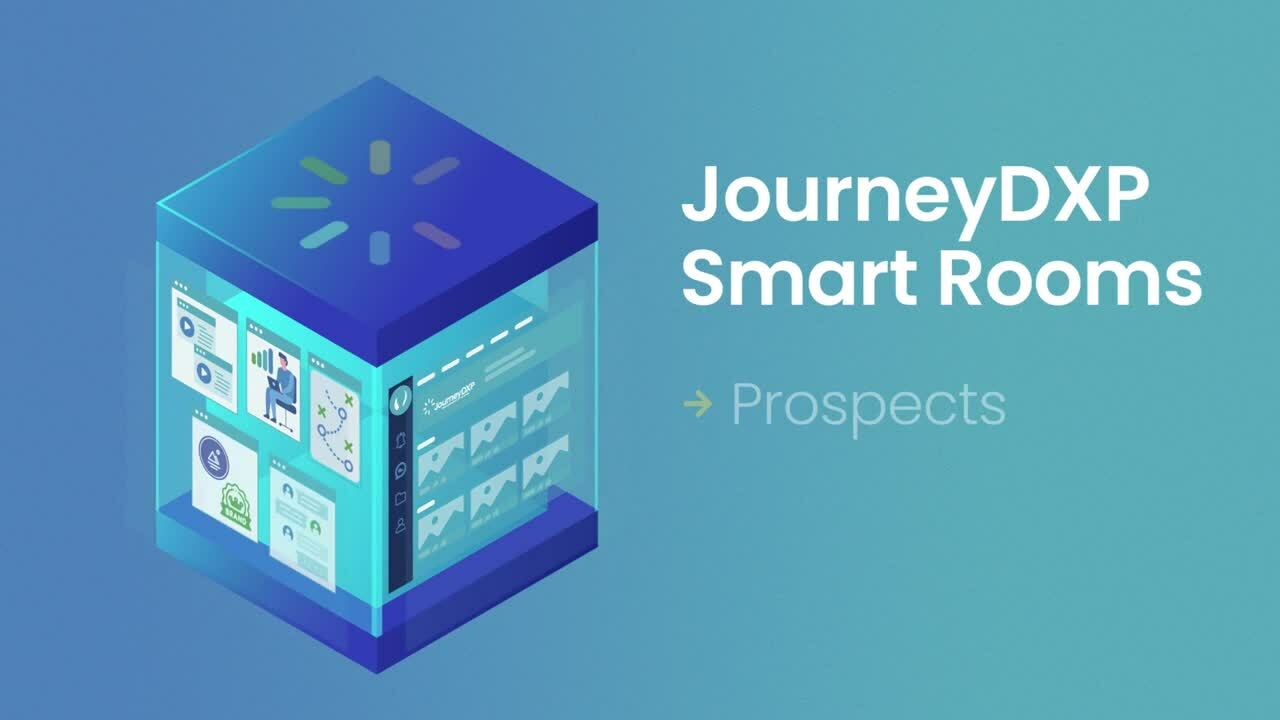Digital selling is a process of selling products and services through digital channels such as websites, marketplaces, and digital sales rooms (DSRs). It is an effective way to acquire new customers and grow sales with existing customers. Choosing the right digital channel(s), and the effective management of the channel, is key to revenue growth.
B2C and B2B Digital Selling
The primary difference between B2C and B2B digital selling are (1) who is the customer and (2) how decisions are made. B2C selling focuses on individual consumers, while B2B is typically geared toward companies. Consumer-focused digital selling involves simpler products and a more streamlined buying process. B2B buyers deal with complex business problems, information overload, and consensus building (6+ people). Additionally, B2B typically requires a more tailored approach, as similar companies, from the same industry, have different priorities and needs.
B2C companies with great online digital experiences are market leaders (Walmart, Amazon, Target, and Ikea) because they simplify the purchase process. B2C companies that deprioritized their online presence are struggling or out of business (Kmart, Sears, Party City, Circuit City). Digital is having the same impact in B2B. Gartner expects by 2025, 80% of B2B sales interactions between suppliers and buyers will occur in digital channels.
The importance of digital selling & digital buying
Digital selling is outperforming traditional sales processes. It allows businesses to reach a wider customer base in a more cost-effective way than traditional methods of marketing and selling. Digital selling also provides businesses with the ability to track customer behavior and analyze data to develop more targeted strategies to increase engagement. Furthermore, digital selling provides businesses with the opportunity to create personalized customer experiences that can help to further build relationships and encourage repeat purchases. Overall, digital selling is a powerful tool for businesses to reach more potential customers, boost sales, increase customer loyalty, and maintain strong relationships with customers.
Digital buying is how customers prefer to engage. It provides a convenient way to access information and services quickly and easily. Personalized digital experiences allow customers to interact with businesses, receive real-time feedback and updates. Additionally, digital experiences lead to increased customer loyalty, trust, greater satisfaction, and more repeat business.
B2B Digital Channels
The three primary B2B digital channels are marketplaces, company websites, and digital sales rooms (DSRs). Marketplaces and websites are designed for well-established products (office equipment, replacement parts, and janitorial supplies) and digital sales rooms are designed for companies that market and sell multiple products to key accounts with many decision-makers and influencers.
- Marketplaces – millions of products are available in marketplaces; Amazon Business (general business supplies), Medline (medical), and Mercateo (manufacturing equipment) are some of the more popular marketplaces. Amazon Business has doubled in the last 2 years and now exceeds $40B in revenue.
- Websites – companies like Apple have created company websites that make it easy to buy and maintain products. John Deer’s website allows customers to buy parts as well as large tractors. Grainger has over a million products available online but has also designed their digital experience to add value and help customers solve problems.
- Digital Sales Rooms (DSRs) – are for companies with a direct sales force and view accounts as strategic (acquisition, retention, and expansion). It’s a people business where the human and digital come together to build and expand relationships across a company. DSRs differ from marketplaces and websites in the degree of personalization and ability to collaborate with customers.
Why Digital Sales Rooms?
Gartner research shows a steady shift of customer preferences from in-person sales interactions to digital channels. B2B buyers spend only 17% of the total purchase journey with sales reps. 83% of buyers’ time is spent without the sales team and DSRs help to guide the entire customer journey.
 Digital sales rooms are virtual spaces designed to facilitate engagement with customers. It’s an “all-in-one” experience for content, collaboration, automated playbooks, and analytics. Sales teams interact with customers in real time and provide access to relevant product information, videos, brochures, and other sales materials. They can be used to create opportunities for customers to interact with thought leaders, ask questions, and provide feedback. Digital sales rooms make it easier for customers to buy, shortening sales cycles, and increasing close rates.
Digital sales rooms are virtual spaces designed to facilitate engagement with customers. It’s an “all-in-one” experience for content, collaboration, automated playbooks, and analytics. Sales teams interact with customers in real time and provide access to relevant product information, videos, brochures, and other sales materials. They can be used to create opportunities for customers to interact with thought leaders, ask questions, and provide feedback. Digital sales rooms make it easier for customers to buy, shortening sales cycles, and increasing close rates.
3 Essential Capabilities of Digital Sales Rooms
The key is to make sure your digital selling approach is tailored to support the buyer’s journey. An engaging customer experience involves three capabilities:
- Personalization – a digital customer experience should be private and tailored to each company. This includes branding, messaging, and content that demonstrates you understand their needs and have the best solution to help them achieve their goals.
- Engagement – customers like to self-educate as well as collaborate with the sales team. In addition, automation supports ongoing engagement and messaging/communication with your customer ensuring they’re heard, valued, and respected.
- Analytics – utilize data and analytics to gain insights into customer behaviors and their digital body language. By understanding digital body language, businesses can better serve their customers and provide more personalized experiences.
Use Cases
Digital sales rooms are designed for companies with an account-based model. DSR educates the customer with the best content and thought leadership. It requires continuous customer education that builds relationships, boosts customer loyalty, and increases revenue.
- Account-Based Marketing
More than 70% of opportunities in a pipeline are stalled. Digital selling continuously engages all customers with the best messaging, content, and thought leadership. The result is a better-educated customer and a 40-50% reduction in stalled pipeline. - Account-Based Selling
A well-designed Digital Sales Room is tailored to each buying group with the information they need to make an informed decision. Managing parallel sales processes reduces the time to close by more than 25%. Shorter sales cycles increase close rates. - Account Management
Managing accounts after the sale improve retention and expansion. Digital experiences help with ongoing account governance and maintain a steady rhythm of relevant customer education. The best companies continue to engage customers after the sale to ensure value realization occurs.
Integrating the Human and Digital
Digital makes the human better. First, personalized digital experiences are an excellent differentiator from the competition. Second, because customers prefer digital, it grows engagement with key leaders, influencers, and decision-makers. Third, customers want a great digital experience and a great human experience. The key is to understand where human interaction is most wanted.
POPULAR
Launching a Dynamic Digital-First Customer Experience
Growth will always be a top priority for B2B companies. If not, customers will inevitably outgrow your offering, and your company will become obsolete.
RELATED
4 B2B Business Development Strategies Rooted In Thoughtfulness
Business development (and business development reps, also known as BDRs) get a bad rap. They’re traditionally viewed as the cold callers; the folks who chip away at a mountain of email addresses and phone numbers...




